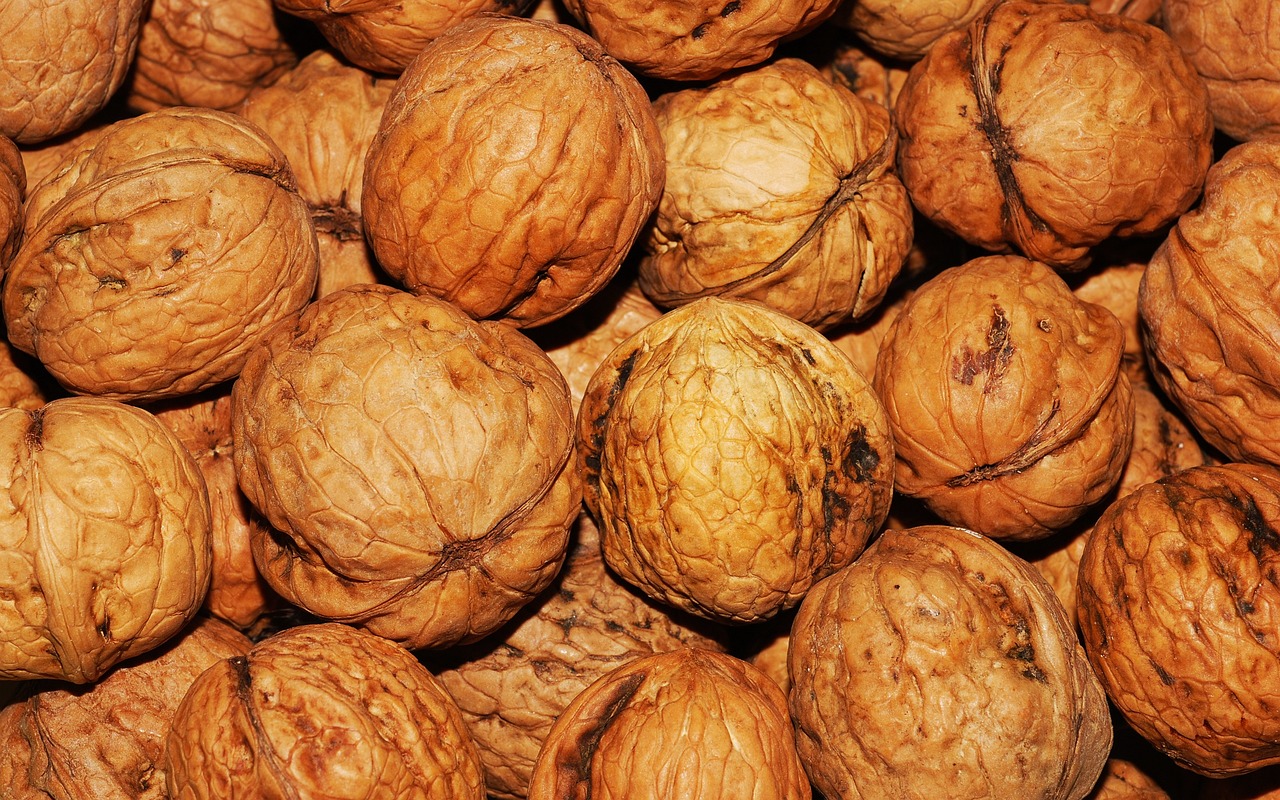Fermentation: Unlocking Flavor and Nutrition.
Fermentation is a natural process where microorganisms like bacteria, yeast, or mold break down sugars in food. This breakdown produces compounds like lactic acid, alcohol, or acetic acid, which not only preserve the food but also give it unique flavors and textures. Through this transformation, beneficial bacteria are also created, aiding in gut health and digestion. The science behind fermentation lies in the intricate dance of these microorganisms and their interactions with the food substrate.
One key player in fermentation is lactobacillus, a type of bacteria commonly used in yogurt and kimchi production. This bacteria consumes sugars in the food and produces lactic acid, which acts as a natural preservative. The acidity created by lactobacillus inhibits the growth of harmful pathogens, making the food safer to consume. Beyond preservation, fermentation also enhances the nutritional value of certain foods by breaking down complex compounds into more digestible forms, making the nutrients easier for the body to absorb.
Benefits of Fermented Foods
Fermented foods offer a plethora of health benefits that can enhance overall well-being. They are rich in probiotics, which are beneficial bacteria that support gut health and improve digestion. Consuming fermented foods regularly can help maintain a healthy balance of gut flora, which is essential for a strong immune system and optimal nutrient absorption.
Additionally, fermented foods are known to increase the bioavailability of nutrients in the foods we eat. Through the fermentation process, the nutrients in the foods are broken down and become more easily absorbed by the body. This means that incorporating fermented foods into your diet can help you get more out of the foods you consume, ensuring that you are able to maximize the nutritional benefits of your meals.
Different Types of Fermentation
Fermentation is a versatile process that can be achieved through various methods. One common type of fermentation is lactic acid fermentation, where sugars are converted into lactic acid by lactic acid bacteria. This type of fermentation is often used in the production of foods like yogurt, kimchi, and sauerkraut.
Another important type of fermentation is alcoholic fermentation, which involves the conversion of sugars into alcohol and carbon dioxide. This process is commonly used in the production of alcoholic beverages like beer, wine, and spirits. Alcoholic fermentation is typically carried out by yeast in an anaerobic environment.
• Lactic acid fermentation is used in the production of foods like yogurt, kimchi, and sauerkraut
• Alcoholic fermentation involves the conversion of sugars into alcohol and carbon dioxide
• This process is commonly used in the production of alcoholic beverages like beer, wine, and spirits
What is fermentation?
Fermentation is a metabolic process where microorganisms such as bacteria, yeast, or fungi break down complex substances like sugars into simpler compounds such as alcohol or acids.
What are the benefits of fermented foods?
Fermented foods are rich in probiotics, which are beneficial for gut health. They also help improve digestion, boost the immune system, and may have other health benefits like reducing inflammation.
What are some different types of fermentation?
Some common types of fermentation include lactic acid fermentation, where sugars are converted into lactic acid by lactic acid bacteria; alcoholic fermentation, where yeast converts sugars into alcohol and carbon dioxide; and acetic acid fermentation, which produces vinegar.
How does fermentation work?
During fermentation, microorganisms metabolize sugars in the absence of oxygen, producing various byproducts like acids, alcohols, or gases. This process transforms the original food into a new product with different taste, texture, and nutritional properties.







